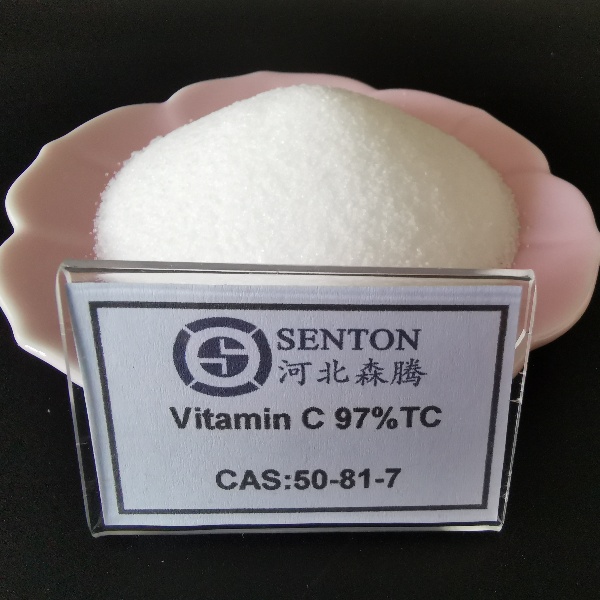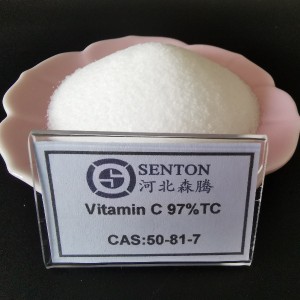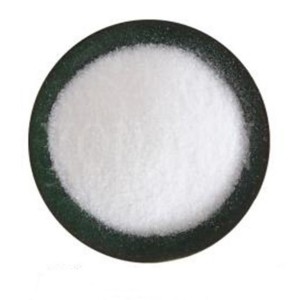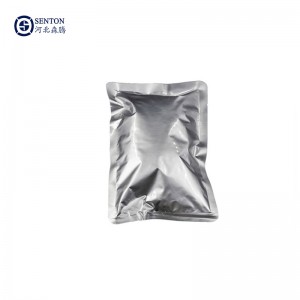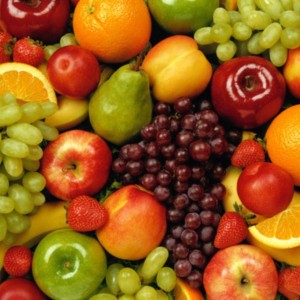Most Popular Vitamin C Chewable Tablet for Human Immunity Enhance
Product Description
| Product | Vitamin C |
| CAS | 50-81-7 |
| Appearance | White crystal or white crystalline powder |
| Solubility | Soluble in water, slightly soluble in ethanol, insoluble in ether, benzene, grease,etc |
Vitamin C (Vitamin C), alias Ascorbic acid (Ascorbic acid), the molecular formula is C6H8O6, is a polyhydroxyl compound containing 6 carbon atoms, is a water-soluble vitamin necessary to maintain the normal physiological function of the body and the abnormal metabolic reaction of cells. The appearance of pure vitamin C is white crystal or crystalline powder, which is easily soluble in water, slightly soluble in ethanol, insoluble in ether, benzene, grease, etc. Vitamin C has acidic, reducing, optical activity and carbohydrate properties, and has hydroxylation, antioxidant, immune enhancement and detoxification effects in the human body. Industry is mainly through biosynthesis (fermentation) method to prepare vitamin C, vitamin C is mainly used in the medical field and food field.
| Physical and chemical properties | 1. Appearance: white crystal or crystalline powder. 2. Solubility: easily soluble in water, slightly soluble in ethanol, insoluble in ether, benzene, grease, etc. 3. Optical activity: Vitamin C has 4 optical isomers, and the specific rotation of an aqueous solution containing L-ascorbic acid of 0.10 g/ml is +20.5 °-+21.5 °. 4. Acid: Vitamin C has enediol base, which is acidic, generally manifested as a simple acid that can react with sodium bicarbonate to produce sodium salt. 5. Carbohydrate properties: The chemical structure of vitamin C is similar to that of sugar, with the properties of sugar, which can be hydrolyzed and decarboxylated to produce pentose in the presence , and continue to lose water to produce, adding pyrrole and heating to 50 ºC will produce blue. 6. Ultraviolet absorption characteristics: Due to the presence of conjugated double bonds in vitamin C molecules, its dilute solution has a maximum absorption at 243 nm wavelength, and the maximum absorption wavelength will be redshifted to 265 nm under acidic or alkaline conditions. 7. Reducibility: the enediol group in the vitamin is very reducible, stable in an acidic environment, and easily destroyed in heat, light, aerobic and alkaline environments. Vitamin C is oxidized to produce a diketo-based structure of dehydrovitamin C, dehydrovitamin C can be obtained after hydrogenation reduction of vitamin C. In addition, in alkaline solution and strong acid solution, dehydrovitamin C can be further hydrolyzed to obtain diketogulonic acid. |
| Physiological function | 1. Hydroxylation Vitamin C participates in the hydroxylation reaction in the human body, which is related to the metabolism of many important substances in the human body. For example, vitamin C can participate in and promote the hydroxylation of cholesterol into bile acids; Enhancing mixed function oxidase activity; It is involved in hydroxylase action and promotes the synthesis of amino acid neurotransmitters 5-hydroxytryptamine and norepinephrine. 2. Antioxidant Vitamin C has strong reducibility and is a very good water-soluble antioxidant, which can reduce hydroxyl radicals, superoxides and other active oxides in the human body, and can remove free radicals and prevent lipid peroxidation. 3. Boost immunity The phagocytic function of leukocyte is related to the vitamin level in plasma. The antioxidant effect of vitamin C can reduce the disulfide bond (-S – S -) in the antibody to sulfhydryl (-SH), and then promote the reduction of cystine to cysteine, and ultimately promote the formation of antibodies. 4. Detoxify Large doses of vitamin C can act on heavy metal ions such as Pb2+, Hg2+, Cd2+, bacterial toxins, benzene and some drug lysins. The main mechanism is as follows: the strong reducibility of vitamin C can remove oxidized glutathione from the human body, and then form a complex with heavy metal ions to be discharged from the body; Because the oxygen in the C2 position of vitamin C is negatively charged, vitamin C itself can also be combined with metal ions and excreted from the body through urine; Vitamin C enhances enzyme activity (hydroxylation) to facilitate the detoxification of poisons and drugs. 5. Absorption and metabolism The absorption of vitamin C through food intake in the human body is mainly active transport in the upper small intestine by a transporter, and a small amount is absorbed by passive diffusion. When the intake of vitamin C is low, almost all can be absorbed, and when the intake reaches 500 mg/d, the absorption rate will drop to about 75%. The absorbed vitamin C will quickly enter the blood circulation and enter the different tissues and organs of the body. Most vitamin C is metabolized in the human body into oxalic acid, 2, 3-diketogulonic acid, or combined with sulfuric acid to form ascorbate-2-sulfuric acid and excreted in the urine; Some of it is excreted in the urine. The amount of vitamin C excreted in the urine is affected by vitamin C intake, kidney function, and the amount of memory stored in the body. |
| Storage method |
Avoid storing with strong oxidants and alkalis, and store in a sealed container filled with inert gases at low temperatures.
|
Our Advantages
1.We have a professional and efficient team that can meet your various needs.
2.Have rich knowledge and sales experience in chemical products, and have in-depth research on the use of products and how to maximize their effects.
3.The system is sound, from supply to production, packaging, quality inspection, after-sales, and from quality to service to ensure customer satisfaction.
4.Price advantage. On the premise of ensuring quality, we will give you the best price to help maximize customers’ interests.
5.Transportation advantages, air, sea, land, express, all have dedicated agents to take care of it. No matter what transportation method you want to take, we can do it.




